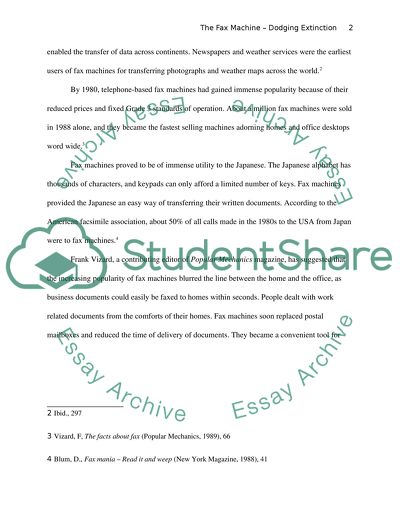Cite this document
(“The Fax Machine Research Paper Example | Topics and Well Written Essays - 1750 words”, n.d.)
The Fax Machine Research Paper Example | Topics and Well Written Essays - 1750 words. Retrieved from https://studentshare.org/journalism-communication/1435020-fax-machine
The Fax Machine Research Paper Example | Topics and Well Written Essays - 1750 words. Retrieved from https://studentshare.org/journalism-communication/1435020-fax-machine
(The Fax Machine Research Paper Example | Topics and Well Written Essays - 1750 Words)
The Fax Machine Research Paper Example | Topics and Well Written Essays - 1750 Words. https://studentshare.org/journalism-communication/1435020-fax-machine.
The Fax Machine Research Paper Example | Topics and Well Written Essays - 1750 Words. https://studentshare.org/journalism-communication/1435020-fax-machine.
“The Fax Machine Research Paper Example | Topics and Well Written Essays - 1750 Words”, n.d. https://studentshare.org/journalism-communication/1435020-fax-machine.


